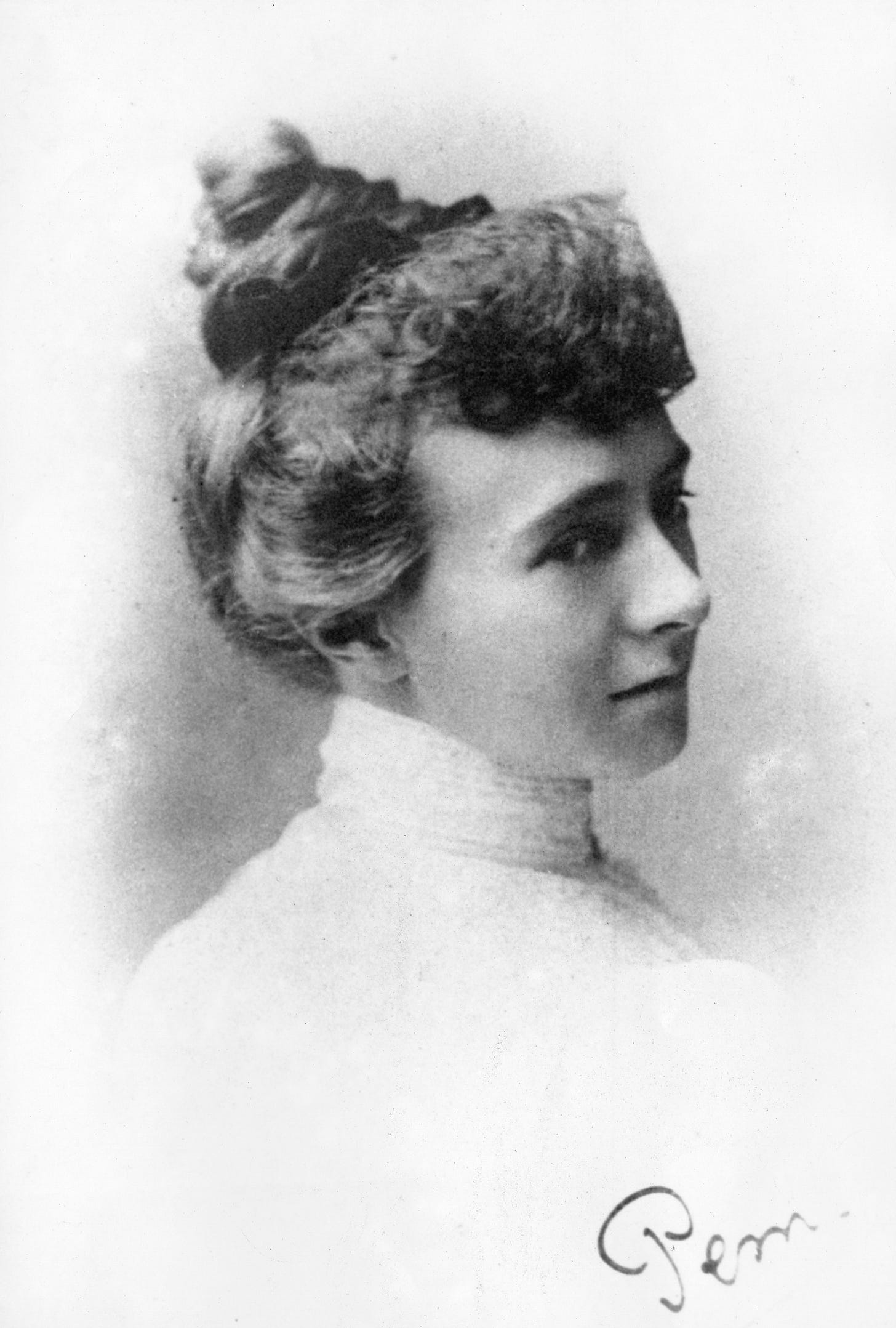Suffragettes and the 1911 Census
“Women don’t count, neither shall they be counted”
In 1911 the Women’s Freedom League and the Women’s Social and Political Union joined together to encourage women in Britian to take part in census resistance. They were not quiet about it either, it was well known that this was proposed and many tried to dismiss or ridicule the plan: what difference could it make anyway? How did this help the cause of votes for women?

In the end though, it had the impact that was desired: more newspaper inches dedicated to the cause!
Women boycotted the census in a variety of ways. Some gathered at various WSPU or WFL offices and tea rooms on the night of 2nd April 1911 to be out of the home when the enumerator arrived to collect the papers completed by the ‘head of the household’; some ‘spoiled’ their paperwork with comments; others recorded their occupation as ‘suffragette[i]” or refused to give their first name. However, it was both suffragettes and suffragists who took part in this campaign. The issue of Suffrage, equal rights in democracy for all, had been under discussion and debate for 80 years or more by this point. There were many men who counted themselves as on the side of votes for women, and these, along with the women who had been peaceably campaigning for decades, called themselves suffragists.
A newspaper report from The Ottawa Free Press in April 1911 gives a detailed account of one group of women in Manchester who camped out in a large unused house owned by one of the women. The rooms were all unfurnished, but had makeshift beds on the floor for women to sleep on, the impression from the report is one of a group of women perhaps 30 or 40 strong in this house. They were determined to remain polite to anyone who called at the door, the plan was to simply state that this was the abode of Miss Jessica Stephenson, who would return the census form the following morning. Miss Stephenson planned to do so with a message to the Government scrawled on the paper. The gathering seems to have had the feel of merriment, whilst also acknowledging how significant those present felt their action was.
It is an extraordinary act of resistance, along with so many that those involved in the fight for the vote took part in. There was a lot of disagreement within the movements about the right way to go about effecting change, the Pankhurst’s draconian grip on the WSPU did not sit well with the majority. The Women’s Freedom League in fact came about because of this, as did other similar organisations. And yet, despite all this, the actions of women right across the board, effected a highly significant change, one which has had a rippled effect over the years.
There is one particularly intriguing census boycott story, that of Emily Wilding Davison. You might know her name from one of the more extreme actions taken by suffragettes in their whole campaign. Emily was the woman who ran onto the racetrack on derby day in 1913 to attempt to place a suffrage ribbon onto the King’s horse during the race. She was trampled and died of her injuries days later having never regained consciousness. It is recorded that Emily was a quiet and sensitive soul, who was convinced that the votes for women cause would require a death in order to be taken seriously. We cannot be sure whether she intended to take her own life on the racetrack, it seems extraordinarily naïve to think that she might be able to put a sash over the neck of a horse mid race!
In 1911, however, Emily did something else fairly extraordinary: she hid herself in the crypt at Westminster during census night. Discovered by Mr Percy Ridge, Clerk of Works at the Houses of Parliament, he completed a census return form for Emily Wilding Davidson (sic) as the sole occupant of the Crypt at Westminster Hall. Find out more here. She was also recorded by her landlady as being present in her boarding house, so whilst many successfully evaded being recorded in the census, Emily was recorded twice!
It was not the only time Emily hid in Parliament, but perhaps it is the most visible from over century later.
Helen Crawfurd, whose life we have been following in these pages, can be found on the 1911 census. She was recorded at home with her husband, Rev Alexander Crawfurd, her step daughter Annie Laughland and Annie’s two girls on census night. I get the impression that Rev Crawfurd simply wouldn’t allow her to evade or confuse the census, though many Glaswegian women did.
Did Helen, and perhaps Annie, stay out that night? As fully committed as they both were to the cause it’s difficult to imagine they ignored this call to arms, did Rev Crawfurd simply record them as present despite their protest? It’s unfortunate that we’ll never know. Helen’s memoirs are strangely silent on this particular event.
[i] The term Suffragette was coined by a Daily Mail reporter in 1906, used derogatorily by the newspapers, it wasn’t too long before the women themselves adopted the term, especially in the UK. Over 100 years later and it’s a term widely recognised today, some women feel it has been redeemed, others comment that it is remarkable how a man’s term for women is the lasting legacy.



